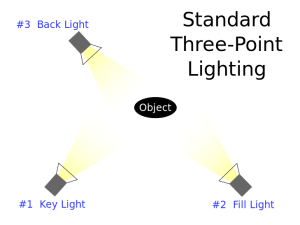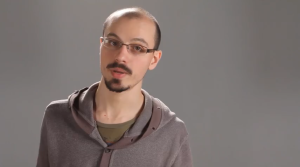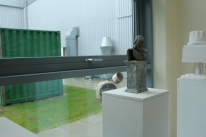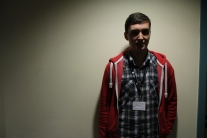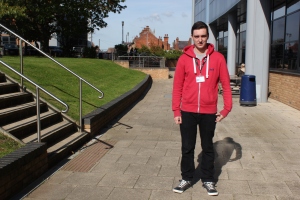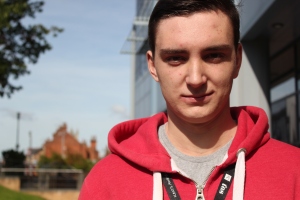Introduction:
In this task I’ll be going out and recording sounds around the college using different polar patters on the microphone. I will also talk about the different types of polar patters and explain what they are.
Polar Patterns:
Omnidirectional – Sound is recorded from all directions
Cardioid – pattern shaped like a heart, most sensitive to sound at the front with very little behind
Hyper-cardioid – narrower polar pattern, and picks up some sound from behind
Bidirectional (Figure of eight) – Pattern is in shape of a figure of eight, audio is picked up from at the front and back of the microphone, but not the sides.
We took some recordings of ambient sound inside and outside with different polar patterns in order to see if there was any difference, I did two different recordings for inside and two for outside and I did 2 recordings in the same place at mono and 150 degrees to see the difference.
The recordings can be seen here:
Mike’s Lesson:
We were tasked with recording six different sounds whilst avoiding as much background noise as possible.
The 6 sounds we needed were:
- Human Voice
- Footsteps
- Running Water
- Rain
- Spaceship
- Horse Hoovers
We needed to use Foley for 4,5, and 6.
These were the sounds we got:
Evaluation:
The main problem with recording these sounds around the college was that there is always a lot going on so there is a lot of background noise when trying to record something. However we managed to find some rooms that were quiet, but we had to deal with reverb due to there being glass in the room. I found the polar patterns quite simple to understand, but don’t know them off by heart yet.










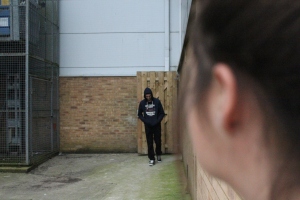


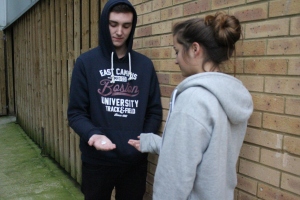



 This is an example of shot reverse shot, it is often used in conjunction with the Over the Shoulder shot (OTS).
This is an example of shot reverse shot, it is often used in conjunction with the Over the Shoulder shot (OTS).